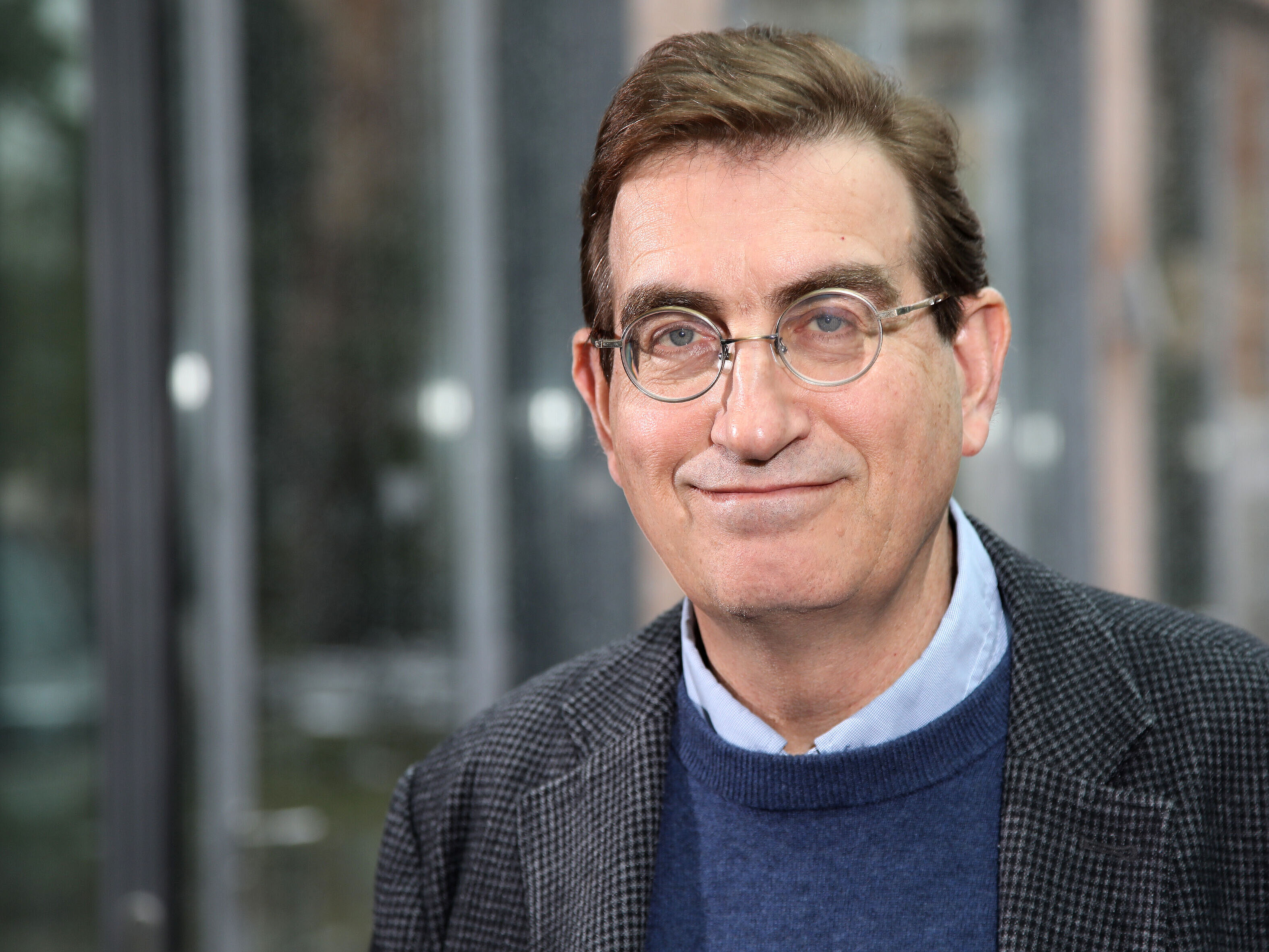Symmetry and asymmetry are often observed in nature and contribute to our sense of beauty in art. Also in physics, symmetry and asymmetry appear and play important roles. In this lecture our understanding of symmetry and asymmetry is used to help explain the physics of magnetic confinement of plasma and the diagnosis of complex radiative phenomena utilising imaging diagnostics such as the InfraRed imaging Video Bolometer. The design and application of this diagnostic is explained including the topics: calibration (for absolute measurements of radiated power), synthetic imaging (based on complicated two- and three-dimensional models of the plasma), and tomography (used to provide local information from line-averaged measurements). The advantages of such imaging diagnostics in enhancing our understanding of complicated three-dimensionally asymmetric plasmas will be made clear through recent results from the W7-X experiment at the nearby Max Planck Institute for Plasma Physics.
Byron Peterson is Professor of Fusion Science at the Graduate School for Advanced Studies (SOKENDAI) and at the National Institute for Fusion Science (NIFS) in Toki, Japan. He began his study of plasma physics in 1985 at the Technical University Munich with a scholarship from the German Academic Exchange Service (DAAD). At that time he also began his collaboration with the Max Planck Institute for Plasma Physics which has continued to this day. In 1994 he obtained his Ph.D. in Electrical Engineering at the University of Wisconsin-Madison for research he did measuring currents and flows in a magnetized plasma. Since 1995 his primary research focus has been on developing bolometer diagnostics and applying them to the Large Helical Device at NIFS and also for the KSTAR experiment in South Korea. In 2000 he conceived the InfraRed imaging Video Bolometer, which he has applied to numerous fusion experiments around the world (including the W7-X device here in Greifswald) for the study of complex three-dimensional radiative phenomena in toroidal plasmas. Since 2018 He has also served the International Thermonuclear Experimental Reactor (ITER) project in southern France as an ITER Scientist Fellow. In addition to his work at SOKENDAI, lecturing and mentoring graduate students, he has teaching responsibilities at several Japanese universities and international summer schools in the area of plasma diagnostics. During the Summer Semester 2024 Byron Peterson is visiting the Alfried Krupp Wissenschaftskolleg Greifswald as a Senior Fellow.
Moderation: Professor Dr. Thomas Klinger

